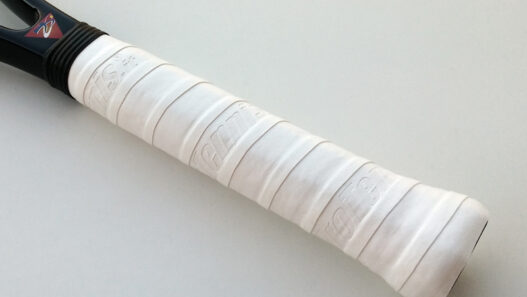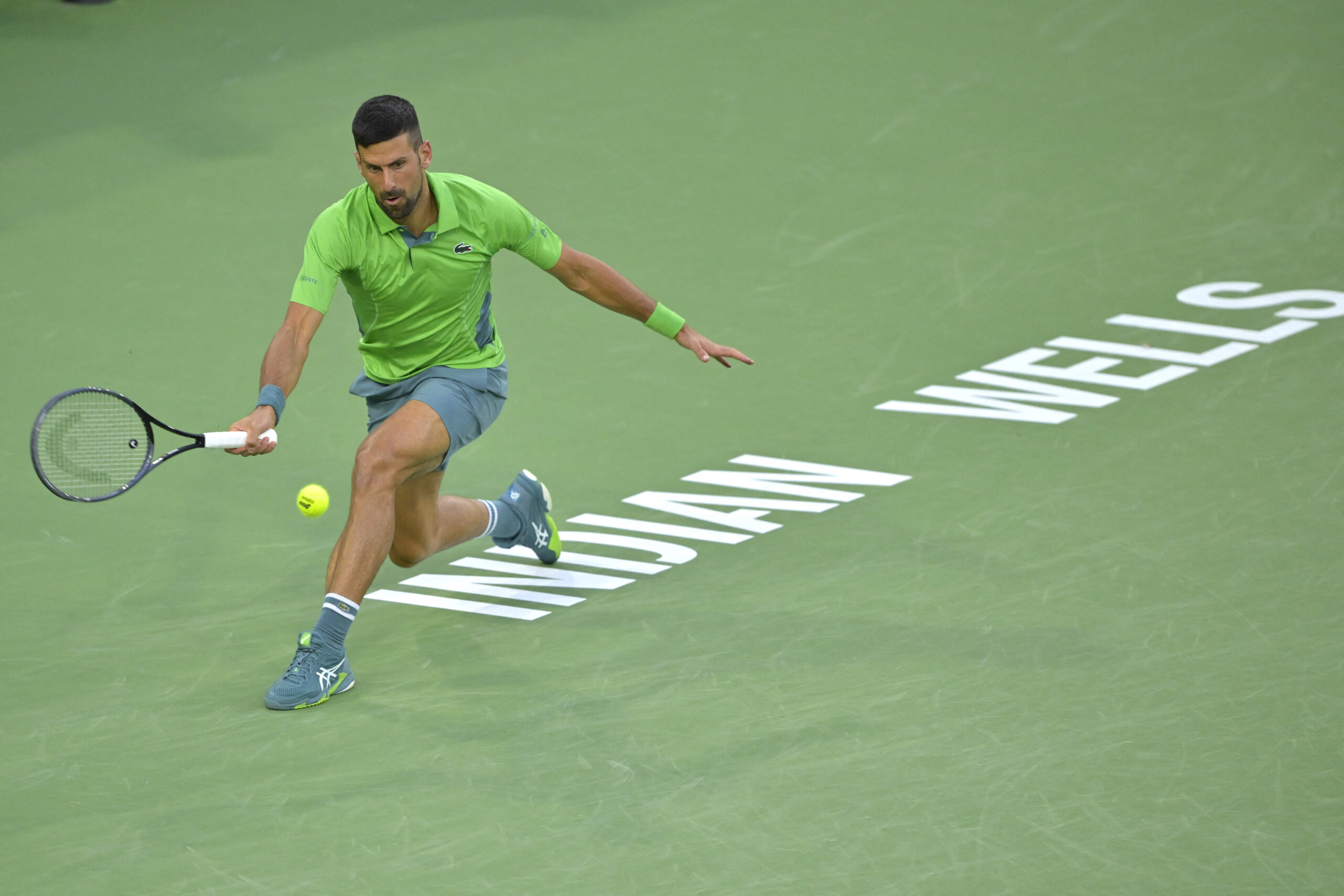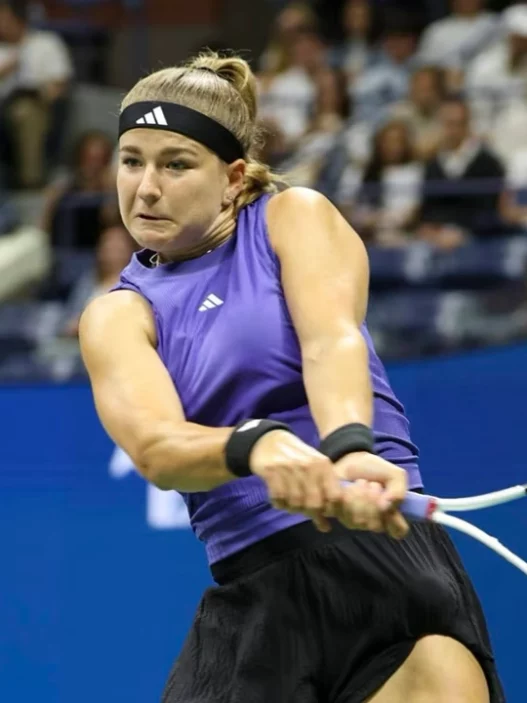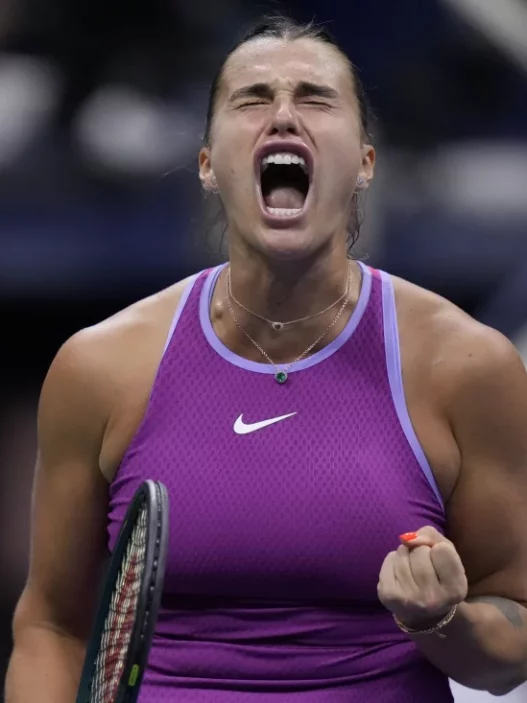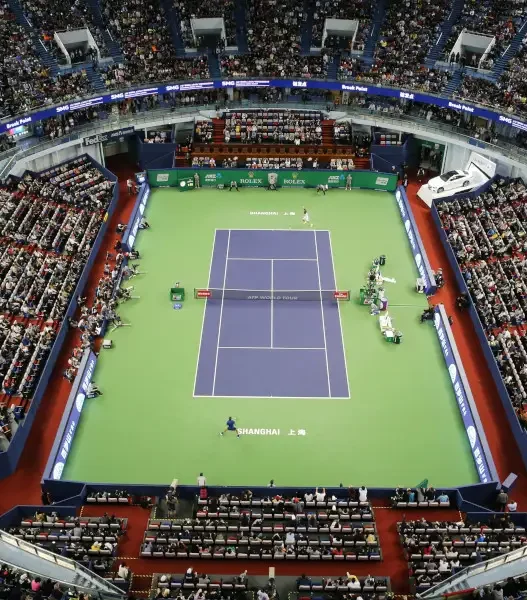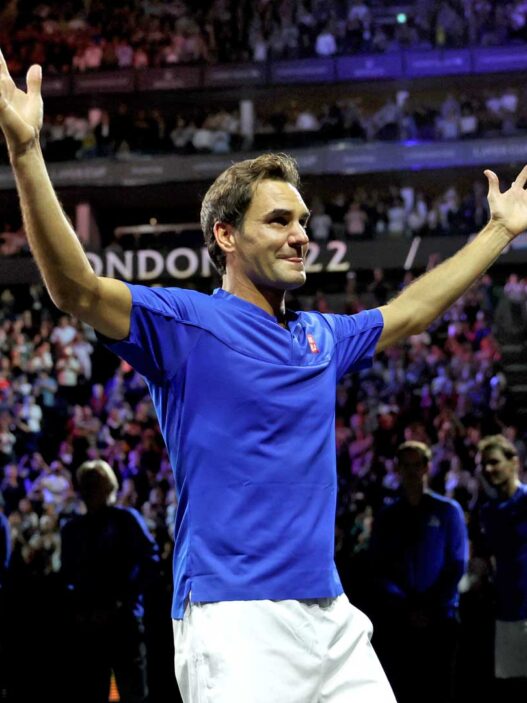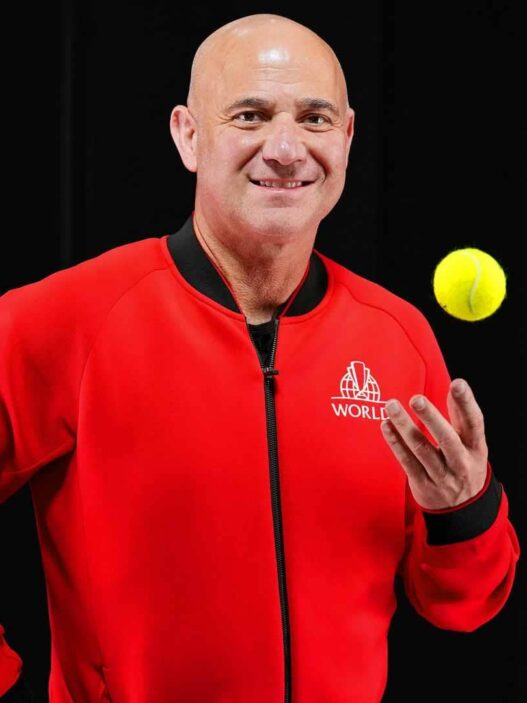There’s a particular crack in the summer air of London—sharp, anticipatory, electric—and in 2025, it carries Jack Draper’s energy. At 23, the lanky left-hander from Epsom has quietly climbed to world No. 4, the highest ranking ever for a British man not named Murray this century. But even that statistic hides a deeper story: a young man who began the year quietly and is now walking into Wimbledon with something like destiny pulsing along his strings.
It all feels fresh, in part because it feels hard-earned. In January at the Australian Open, Draper didn’t reach the second week. He fell to Carlos Alcaraz due to an oblique injury and waved off commentators who called it a disappointment. He said he was just starting. At the time, that sounded like optimism. Now, it reads like prophecy.
March brought Indian Wells, and with it, not just Draper’s first Masters 1000, but his loudest statement to date. He upended Alcaraz in a 6–1, 0–6, 6–4 semifinal—and while the scoreline read chaotic, the performance felt controlled. His serve stood firm, his mix of lefty angles and drop shots kept the Spaniard off-balance, and his one-handed backhand returned sharper than it looked on highlight reels. When he raised the trophy, it wasn’t about shock. It was about acknowledgement: he belonged .
On clay, Draper didn’t quiet down. In Madrid, an unexpected finalist, he ultimately lost to Casper Ruud—but not before showing a sense of tact and perseverance rarely seen in British clay-courters. By late May, he’d become the fourth British man to crack the ATP top five in the Open Era . It was unprecedented.
At Roland Garros, Draper came in off a mixed schedule. He beat Alejandro Davidovich Fokina in round three but bowed to Alexander Bublik in the fourth. That match couldn’t be written off. In the stands, old-school Brits raised eyebrows. But even Juicier was what he did next.
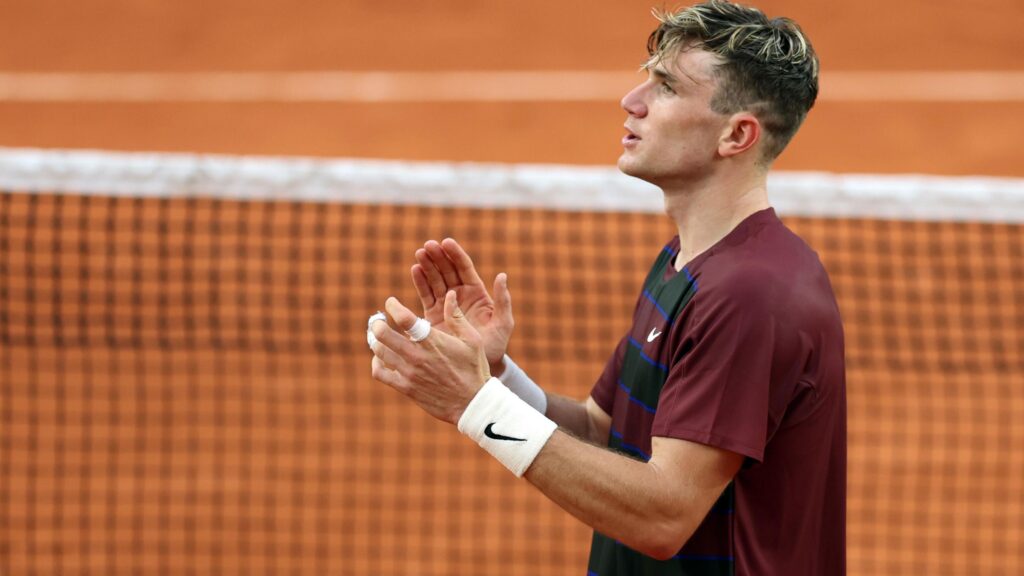
Instead of backpacking to Ibiza like his fellow young guns, Draper retreated to suburban calm. He skipped glitzy playlists and flashy photo ops, choosing instead to practice indoors, to rebuild strength, to let his game mature .
That’s the narrative fans have latched onto: British calm under pressure. Not Murray’s fire, but Murray’s backbone. His coach James Trotman, whom he’s worked with since 2021, speaks often of Draper’s emotional self-mastery—how he can send a lob, sprint to recover, smile, and stare his opponent back into corners. It isn’t just technique. It’s temperament .
It’s a temperament that’s rare. Critics had written him off: “Still more promise than proof,” some said. But that narrative fractured when John McEnroe called him ‘a big threat’—not just on grass, but at Roland Garros too . Such words can allow a player to breathe bigger than their frame, and Draper carried it forward at Queen’s.
His game suits grass: heavy slice, left-hander’s serve patterns, short prep. His net play is confident. His movement, while not electric, is efficient. But beyond tactics is something intangible: an aura of empathy with the court, as if he feels its angles. Crowds sense it. They’re leaning in when he rallies, rooting louder when he powers through serve games.
Yet Wimbledon is a different monster than Queen’s. Center Court demands mental luxury and composure. It’s unforgiving. It’s history-strewn. It’s global expectations exploded in chocolate biscuit wrappers and pop-up headlines. Draper knows. In interviews, he’s candid: “Queen’s was a step. Wimbledon is the test.” He’s right to sound measured. It isn’t hubris. It’s awareness.
But the building momentum is real. He’s better now than he was in January, not just result-wise, but content-wise—more tactical, more flexible, more unafraid. His lefty serve broke early rhythms for opponents. His backhand pushed heavy pace again. His return game stepped up: pressures serving to a left-hander tug court-wide. It’s tennis fundamentals cast in a modern mold.
The question, as Wimbledon looms, isn’t just whether he can parlay that into a quarterfinal or better—though that would be historic. It’s also whether he can keep his compulsion to press from violating his stadium-level calm. The old story about Murray—how home crowds lift us but can also suffocate us—looms large. Draper must reconcile the roar with silence.
When he arrives through the gates at SW19, he’ll likely bump into Murray himself—standing near the practice nets, eyes trained on Draper’s footwork. It won’t be advice. It’ll be understanding. Because Murray quietly wired the psychological test Draper now must face: staying human in the grandeur, staying grounded amid the growing surge.
Beyond Wimbledon lurks the US Open and the Paris-cum-Rome grind. But for this moment, Draper’s story is about green grass and how quick he can become familiar with its whispering import. Some warnings remain. Bublik and Shelton proved on other surfaces that Draper can lose momentum when matches are narrow. But for now, in June 2025, he feels resolute.
Play called this a “dark horse.” William Hill places his odds behind only the big five. Fashion magazines call him the new British face of tennis style. He’s still riding public faith as much as personal confidence. But moments of belief—especially on grass—can bloom into something rarely spoken: titles.
Wimbledon awaits. No one knows what awaits Draper’s first serve — if it slices true, if it centers the crowd, if it chases that momentum down. But after a year built on response, redemption, risk, he’s the court’s current song. And whether the King’s coronation follows or the roof closes on unmade promise depends on what happens on Center Court this month.
His rise is real. His target is clear. His history — from injured opener to top-four seed — calls for a reckoning. And on the other side lies not a trophy—but possibility. A British athlete quietly opening the door on his greatest stage, preparing connections of serve, slice, strength—moment by moment.
One emotion pulses: expectancy—not entitlement. Because Draper knows he’s not here by accident. He’s here by craft, by earned nerve, by emotional design. That will matter. It’s not enough to reach Wimbledon. It’s how he stays there. That story takes hold sometime during that second week, maybe in a four-set rally, maybe a third-set tiebreak. And if he finds those edges, the June breeze may finally carry his headline: Jack Draper, Grand Slam man.




